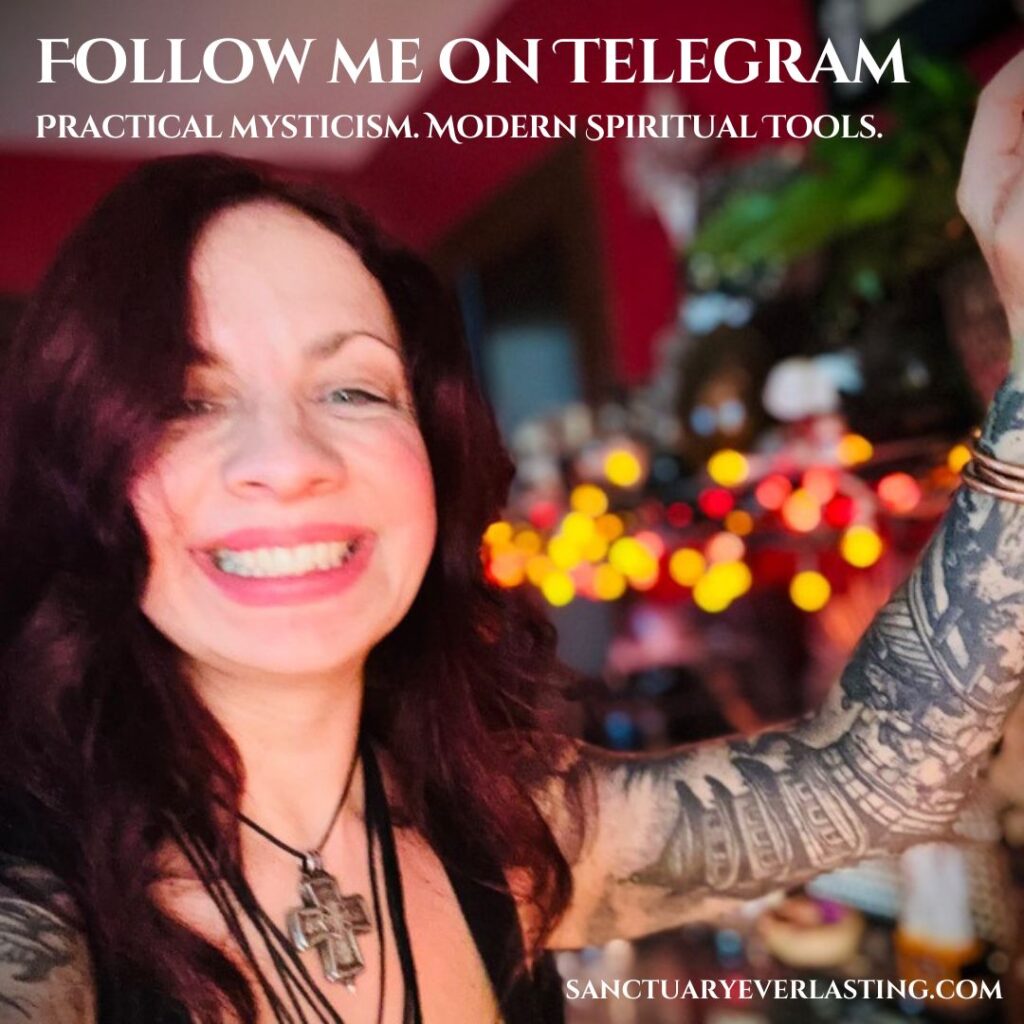The Wheel of the Year and Its Opposing Sabbats
The Wheel of the Year is a cyclical calendar marking eight significant festivals, or Sabbats, observed by many Pagan and Wiccan traditions.
These festivals are divided into four solar events (solstices and equinoxes) and four cross-quarter days, which fall between the solar events.
The Four Solar Festivals (Quarter Days):
- Yule (Winter Solstice) – around December 21
- Ostara (Spring Equinox) – around March 21
- Litha (Summer Solstice) – around June 21
- Mabon (Autumn Equinox) – around September 21
The Four Cross-Quarter Festivals (Greater Sabbats):
- Imbolc – February 1 or 2
- Beltane – April 30 to May 1
- Lughnasadh (or Lammas) – August 1
- Samhain – October 31 to November 1

Among these, Samhain and Beltane (which coincides with Walpurgis Night) stand as polar opposites, marking the transition between the light and dark halves of the year.
Samhain, celebrated from October 31 to November 1, signifies the end of the harvest and the onset of winter.
It’s a time when the veil between the living and the dead is believed to be thinnest, allowing for communication with ancestors and spirits.
Conversely, Walpurgis Night, observed on April 30, heralds the arrival of spring and the burgeoning of life.
It’s associated with fertility rites, protection rituals, and the celebration of light overcoming darkness.
Samhain: Embracing the Shadows

Origins and Significance
Samhain is rooted in ancient Celtic tradition.
It marks the end of the harvest season and the beginning of the “dark half” of the year.
It was traditionally always a time to take stock of supplies and prepare for the winter months ahead.
The Celts believed that during Samhain, the boundary between the physical world and the spirit world was blurred, allowing spirits to cross over.
Samhain Rituals and Practices
- Bonfires: Communal fires were lit to ward off evil spirits and provide warmth and light.
- Costumes and Masks: People wore disguises to confuse and repel wandering spirits.
- Offerings: Food and drink were left out to appease spirits and honor deceased ancestors.
- Divination: Various methods were employed to predict the future, including scrying and casting lots.
Walpurgis Night: Welcoming the Light

Origins and Significance
Walpurgis Night, named after Saint Walpurga, is celebrated on the eve of May 1.
While it has Christian associations, its roots lie in pre-Christian spring festivals that celebrated fertility and the renewal of life.
In Germanic folklore, it was believed that witches gathered on this night, leading to various protective rituals.
Rituals and Practices
- Bonfires: Fires were lit to ward off witches and evil spirits, symbolizing purification and protection.
- Dancing and Singing: Communal celebrations included dancing around the Maypole and singing traditional songs.
- Decorating with Greenery: Homes and public spaces were adorned with fresh flowers and branches to welcome spring.
- Jumping Over Fires: Couples would leap over fires to ensure fertility and happiness.
Learn more about Walpurgis Night
Through the Thinning Veil: Spirits Awaken on Walpurgis Night
Explore The Sacred Fire Festival of Beltane
Themes for Both Sabbats

Samhain: Descent into Darkness
- Themes: Death, reflection, and honoring the past
- Season: Autumn, leading into winter
- Focus: Letting go, introspection, and connecting with ancestors
Walpurgis Night: Emergence into Light
- Themes: Rebirth, celebration, and embracing the future
- Season: Spring, leading into summer
- Focus: Fertility, joy, spirit communication, and protection against negativity
While Samhain invites introspection and connection with the past, Walpurgis Night encourages outward celebration and anticipation of growth.
Together, they represent the balance of light and dark, death and rebirth, within the natural cycle.
Integrating the Sister Sabbats: Walpurgis Night and Samhain

Understanding the interplay between Samhain and Walpurgis Night offers a holistic view of the cyclical nature of life.
By honoring both festivals, you can better undertand the necessity of both reflection and celebration, death and rebirth.
Engaging in rituals and practices associated with each can lead to a deeper connection with the rhythms of nature and the self.
Samhain and Walpurgis Night, as opposing Sabbats on the Wheel of the Year, encapsulate the duality inherent in the natural world.
They’re a great reminder of the importance of balance—between darkness and light, introspection and expression, endings and beginnings.
Try This Ritual!
Walpurgis Night Fire Ritual: Burn What No Longer Serves You


